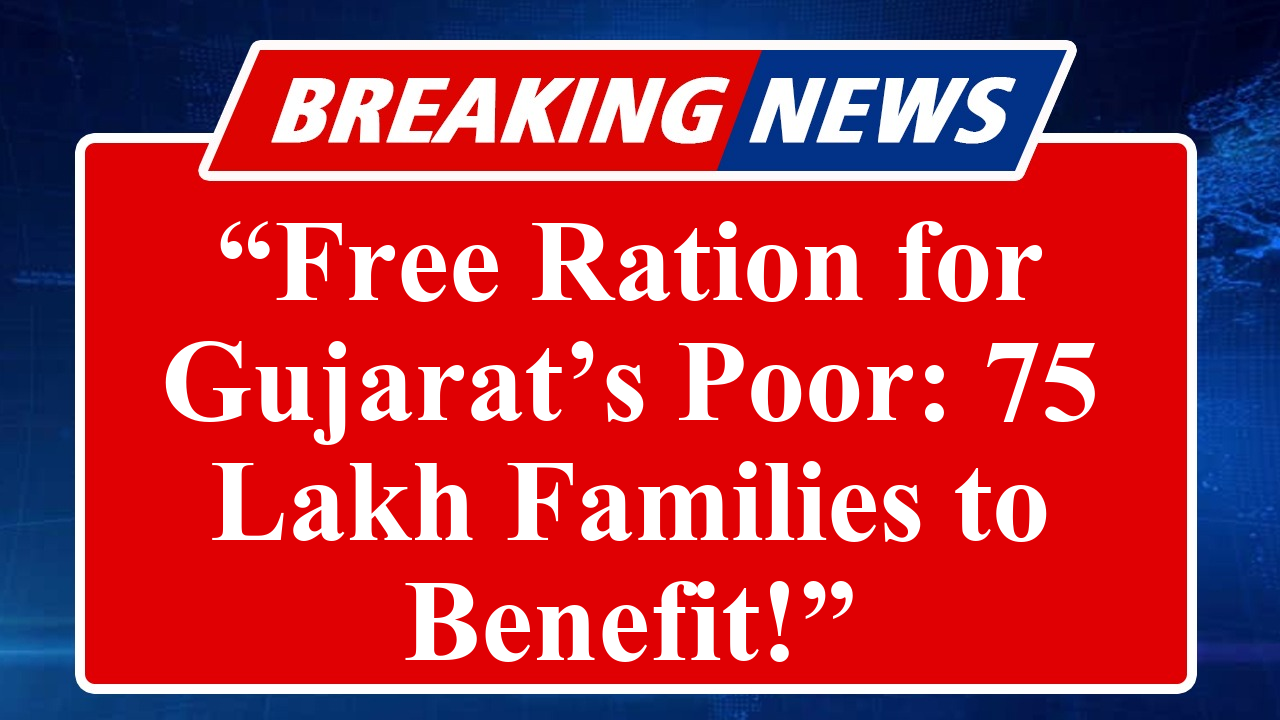“Gujarat’s new ration scheme, launched on June 29, 2025, aims to bolster food security for poor families. Targeting over 75 lakh households, it offers free food grains and essentials through the Public Distribution System. The initiative expands on existing programs, ensuring nutritional support for marginalized communities while streamlining eligibility to focus on the most vulnerable.”
Gujarat’s 2025 Ration Initiative Enhances Food Security for the Poor
On June 29, 2025, the Gujarat government launched a new ration scheme under the Public Distribution System (PDS) to strengthen food security for economically disadvantaged families. This initiative, announced by Chief Minister Bhupendrabhai Patel, targets over 75 lakh households, including those under the Antyodaya Anna Yojana (AAY) and Priority Household (PHH) categories, as well as select Below Poverty Line (BPL) families. The scheme builds on the success of the Pradhan Mantri Garib Kalyan Anna Yojana (PMGKAY), which has been providing free food grains to approximately 80 crore people nationwide until December 2028.
The new scheme ensures that eligible families receive 5 kg of food grains per person per month for PHH beneficiaries and 35 kg per AAY household, alongside essentials like pulses, sugar, and edible oil at subsidized rates. This move addresses rising food inflation, which, according to the National Statistical Office, reached 7.62% in August 2022, and aims to alleviate economic burdens on daily wage earners, slum dwellers, and other marginalized groups.
To qualify, families must meet strict criteria: a monthly income below ₹10,000, no ownership of a four-wheeler vehicle or more than five acres of irrigated land, and no government employment or income tax liability. The scheme also integrates Aadhaar-linked authentication to curb fraudulent claims, building on the success of digitization efforts that eliminated 5.8 crore fake ration cards nationwide by 2021.
The Gujarat government has allocated significant funds to ensure timely distribution through fair price shops, with monitoring by the Directorate of Food and Civil Supplies. The initiative also incorporates the One Nation One Ration Card system, allowing migrant workers to access benefits across states. This is particularly crucial in Gujarat, where urban migration is significant.
Local officials report that the scheme’s rollout began smoothly, with 10 lakh families receiving rations on the first day in a similar initiative in 2020. The 2025 scheme aims to cover an estimated 3.25 crore individuals, ensuring no eligible household is left behind. The state has also introduced digital tools like the M-Ration Mitra app to streamline applications and track distribution, enhancing transparency.
The government’s focus on nutritional support includes staples like wheat, rice, and pulses, addressing dietary needs in rural and urban areas. This aligns with Gujarat’s broader welfare goals, as outlined in the 2025-26 budget speech by Finance Minister Kanubhai Desai, which emphasized housing, food security, and nutrition for disadvantaged groups.
Disclaimer: This article is based on information from government announcements, official websites like nfsa.gov.in and dcs-dof.gujarat.gov.in, and reports from credible sources such as The Economic Times and The Indian Express. Data is accurate as of July 6, 2025, and subject to change based on official updates. Readers are advised to verify eligibility and scheme details through official channels like Digital Gujarat or fair price shops.

